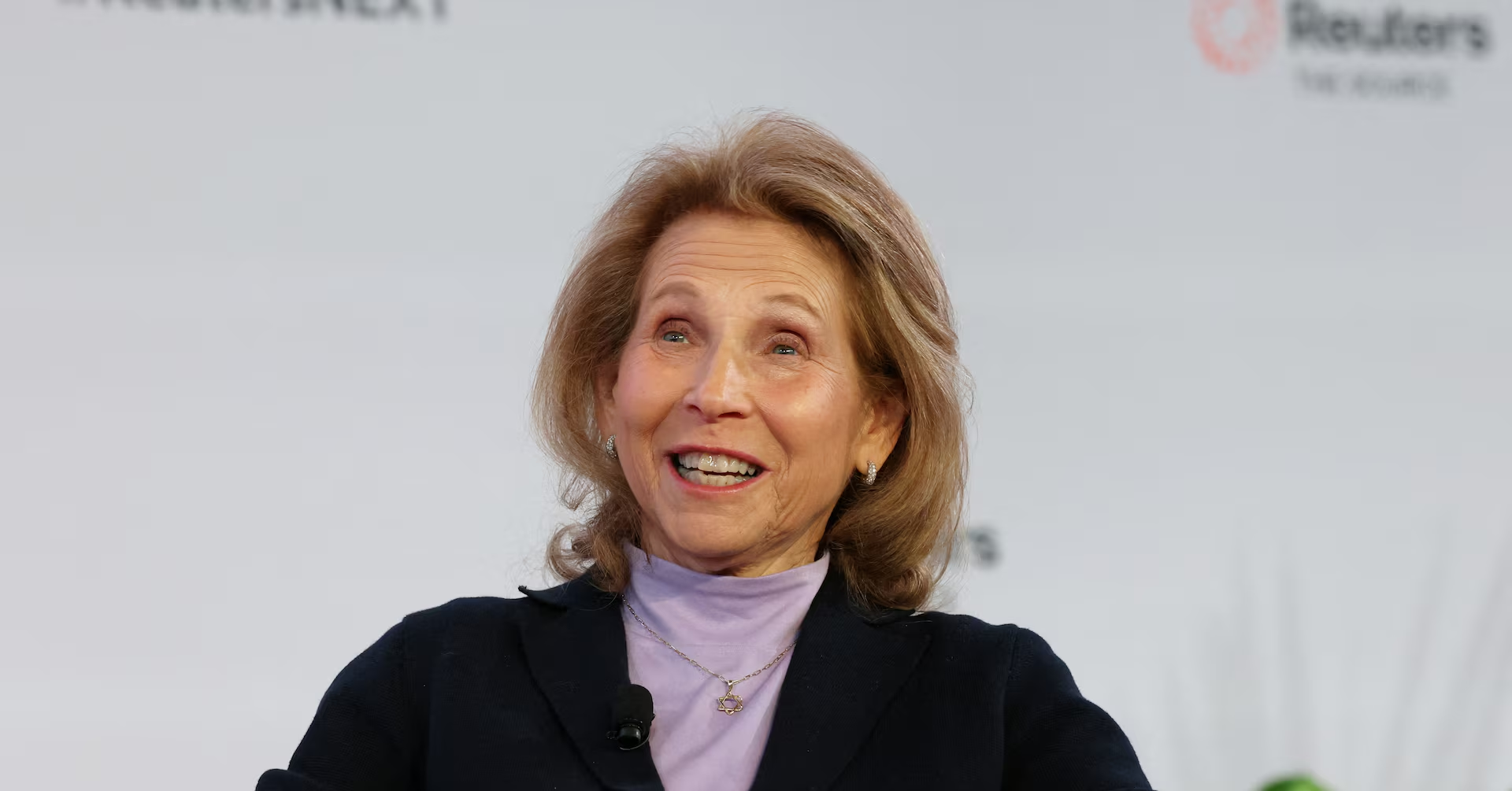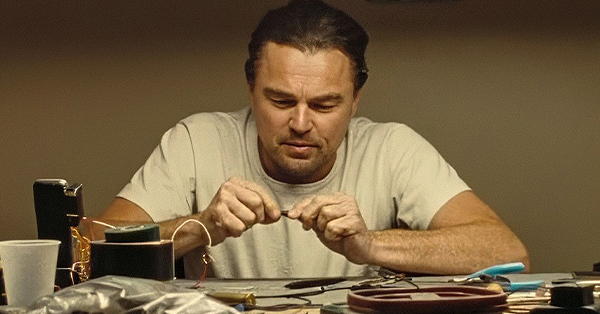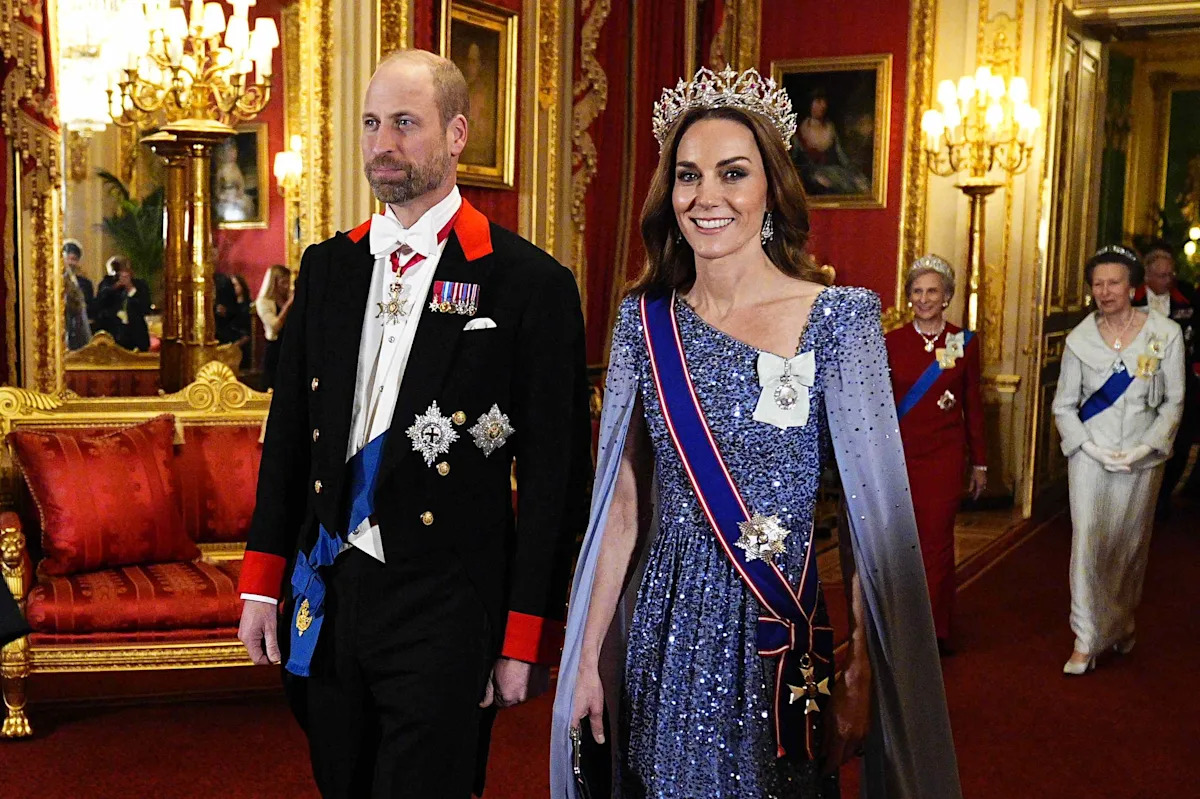Duke’s Cameron Boozer tallied 35 points against Arkansas on Thanksgiving night.
Editor’s Note: Read more NBA coverage from The Athletic here. The views on this page do not necessarily reflect the views of the NBA or its teams.
***
LAS…

Duke’s Cameron Boozer tallied 35 points against Arkansas on Thanksgiving night.
Editor’s Note: Read more NBA coverage from The Athletic here. The views on this page do not necessarily reflect the views of the NBA or its teams.
***
LAS…

NEW YORK, Dec 3 (Reuters) – Shari Redstone’s exit from the media world was decidedly brief.
Within a month of the sale of the family’s stake in Paramount Global, Redstone in September was named chair of the Israeli entertainment company Sipur,…

Researchers are recommending ultrasound scans be used to dissolve poorly-placed cosmetic fillers to prevent damage and deformity in patients. Photo by Pixel-Shot/Adobe Stock/HealthDay News
Cosmetic fillers are meant to enhance a person’s beauty,…

The second Ashes Test is upon us, with the pink ball coming out of the mothballs in Brisbane at the Gabba on Thursday, December 4.
ABC Sport will have you covered on the air and online throughout the series, so make sure to bookmark


The National Board of Review (NBR) has announced its picks for the best films of 2025. An organization made up of film enthusiasts, industry professionals, academics, and filmmakers, the NBR’s is one of the first winners lists…

On Sunday, December 7, LACMA will be buzzing with a free, all-day program for NexGenLA members and their families. Come play, make, learn, and move with hands-on outdoor art workshops, kid-friendly art education, story time, and dance, all…

Kate Middleton joined other members of the royal family to host Germany’s President and First Lady at a state banquet on December 3.
For the occasion, she wore the rarely seen Queen Victoria’s Oriental Circlet Tiara, one she’s never…

A man has become the seventh person to be left HIV-free after receiving a stem cell transplant to treat blood cancer. Significantly, he is also the second of the seven who received stem cells that were not actually resistant to the virus,…